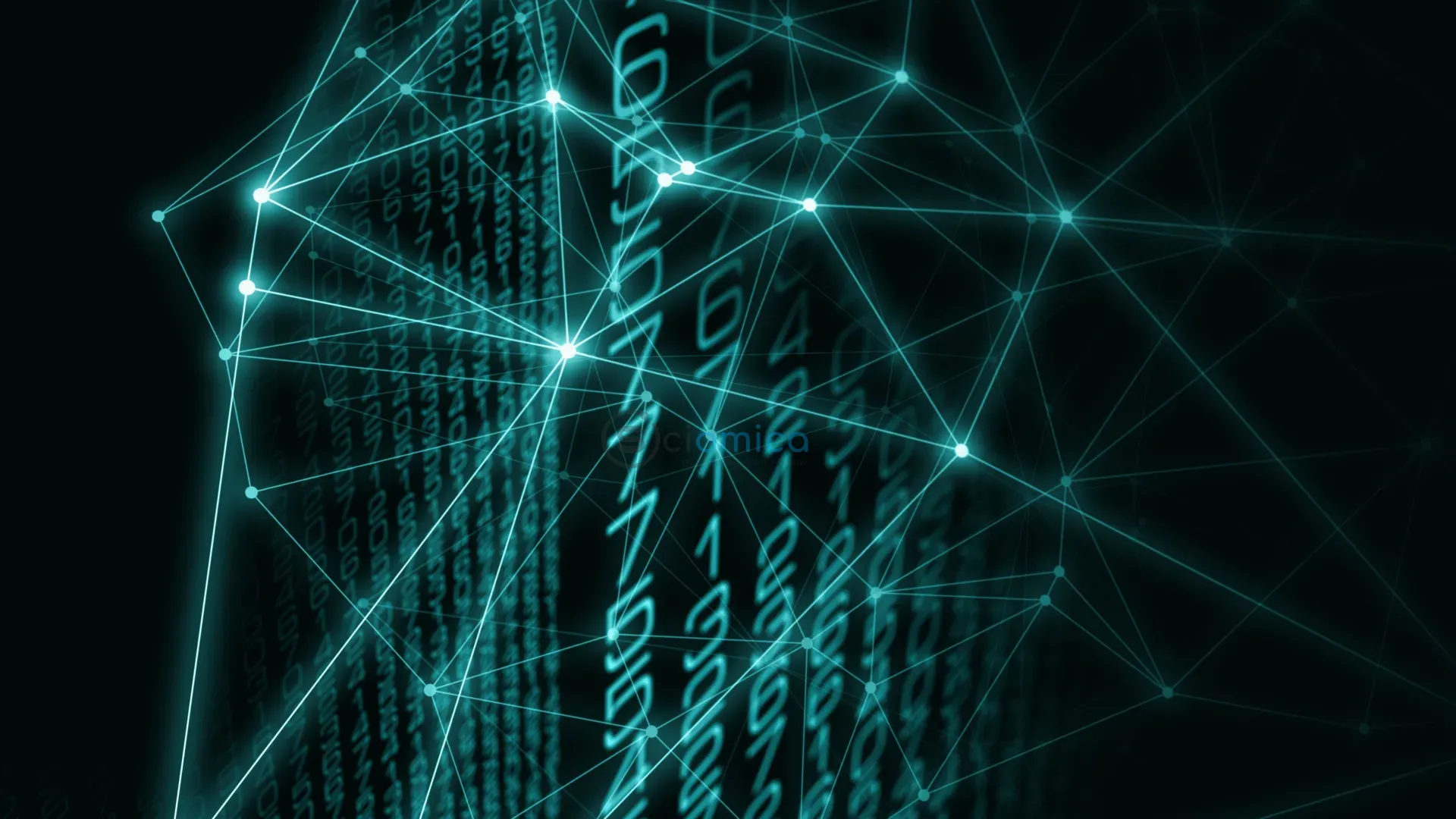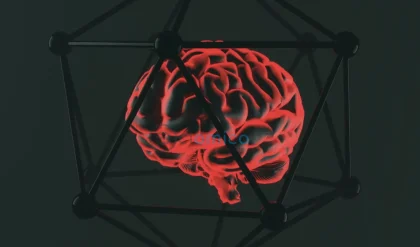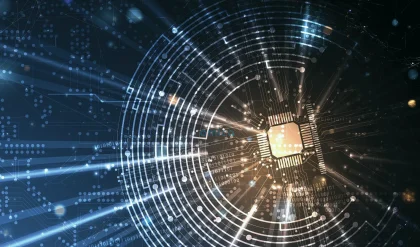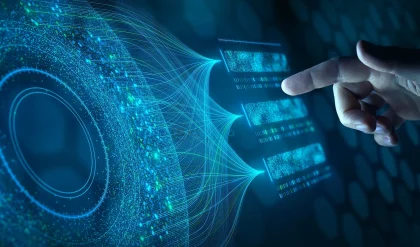Randomness plays a vital role in various aspects of life, serving as a critical mechanism for making unbiased decisions. From drawing straws, tossing coins, to rolling dice, these random outcomes facilitate fair choices in everyday situations. In professional settings, randomness is paramount for auditors, who rely on random numbers to ensure impartial selections. Furthermore, randomness is a cornerstone of modern security systems; passwords and codes that consist of unpredictable sequences are increasingly challenging to breach, underscoring the importance of random number generators in cryptographic applications.
Yet, the quest for genuine randomness raises a fundamental question: how can we ascertain that a number is truly random? Classical computer algorithms are limited to producing pseudo-random numbers, susceptible to manipulation or prediction by individuals knowledgeable about the underlying systems. For instance, a person skilled in sleight of hand may engineer a coin flip to ensure a predetermined result. Even random results from coin flips can exhibit bias, allowing for potential predictability with enough study.
Krister Shalm, a physicist at the National Institute of Standards and Technology (NIST), highlights the essence of true randomness, stating, “True randomness is something that nothing in the universe can predict in advance.” While quantum mechanics has proved Einstein’s skepticism—that nature is indeed random—it’s challenging to guarantee that these quantum processes yield genuinely random results.
To harness the power of true quantum randomness, Shalm and his team conducted a landmark experiment known as a Bell test, transforming quantum phenomena into certified random-number services. The researchers sought to move beyond the confines of the laboratory and translate quantum experiments into practical applications. Their efforts materialized in the form of the Colorado University Randomness Beacon (CURBy), which produces and publically shares random numbers daily through a dedicated website.
At the core of CURBy lies the NIST Bell test, generating authentic randomness through paired entangled photons. These photons maintain correlations across great distances, with measurements of individual particles resulting in unpredictable outcomes, while simultaneously validating the randomness of the process. This blend of quantum nonlocality and entangled particles distinguishes CURBy from conventional random number generators, offering unprecedented traceability and certification of its outputs.
Shalm noted that CURBy represents one of the first publicly accessible services benefited by a verifiable quantum advantage, marking a significant achievement. NIST’s pioneering Bell test experiments initiated in 2015 confirmed the randomness of quantum mechanics, leading to innovations that enabled the creation of genuine random sources.
The operational mechanics of CURBy demand meticulous attention, as generating useful random numbers from quantum correlations is inherently complex. Over the years, the team refined the Bell test, achieving a remarkable 99.7% success rate in producing random numbers in the initial weeks of operation. The intricate process begins with creating entangled photons that transmit their measurements to distant laboratories, where their polarizations are recorded, resulting in true randomness at a rapid rate of 250,000 measurements per second.
Furthermore, NIST incorporated verification systems, using the Twine protocol—an innovative blend of quantum-compatible blockchain technology—to ensure transparency and reliability in randomness generation. This protocol allows users to scrutinize each aspect of the randomness process and connects various random number beacons into a cohesive and secure network.
The open-source nature of CURBy invites users to validate the data generated and even inspire new random number generator projects. This initiative serves various purposes, such as jury selection, auditing processes, and resource allocation in public lotteries. Gautam Kavuri, a graduate student involved in the project, emphasized the importance of transforming cutting-edge science into a practical service, expressing his aspiration to create something beneficial by leveraging the freedoms provided by NIST to pursue ambitious projects.
Reference:
- Gautam A. Kavuri, Jasper Palfree, Dileep V. Reddy, Yanbao Zhang, Joshua C. Bienfang, Michael D. Mazurek, Mohammad A. Alhejji, Aliza U. Siddiqui, Joseph M. Cavanagh, Aagam Dalal, Carlos Abellán, Waldimar Amaya, Morgan W. Mitchell, Katherine E. Stange, Paul D. Beale, Luís T. A. N. Brandão, Harold Booth, René Peralta, Sae Woo Nam, Richard P. Mirin, Martin J. Stevens, Emanuel Knill, Lynden K. Shalm. Traceable random numbers from a non-local quantum advantage. Nature, 2025; DOI: 10.1038/s41586-025-09054-3








